Prostatitis is an inflammation of the prostate.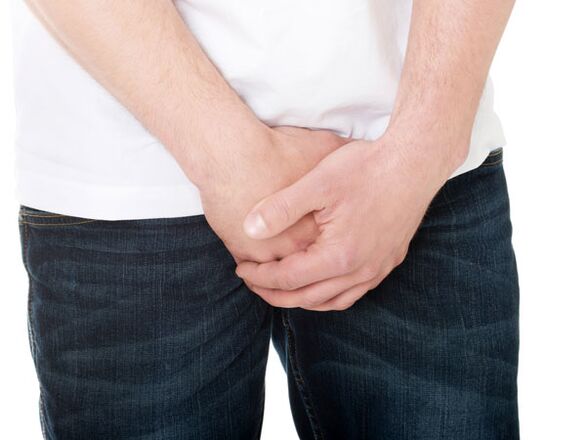 It occurs in men aged 25-50 and older.Pain and false urination and general discomfort are the main symptoms.This disease is usually accompanied by fever and chills.
It occurs in men aged 25-50 and older.Pain and false urination and general discomfort are the main symptoms.This disease is usually accompanied by fever and chills.
Depending on the cause of the occurrence, the bacterial and bactericidal forms of the disease are released.Catalytic prostatitis accounts for 90% of the time it is the most common inflammation of the prostate.According to estimates, about 50% of men face this problem, at least once in their lives.
The main reasons for development:
- E. coli;
- STIs, including gonorrhea, chlamydia;
- Nervous disorders;
- Reduce the body's protective function.
It is supposed that the risk of disease increases with the chronic toxicity of alcohol, morphine and nicotine.Research conducted in the field of modern-day science shows that among the triggers, there are crofoot injuries, such as cyclists and motorcyclists.The listed conditions lead to an increase in underlying inflammation in the organ tissues.
The decisive importance in pathological development is assigned to stagnation in tissues.If capillary blood flow is violated, swelling and oozing of the tissue will occur, which is full of acceptable conditions for the infectious process to occur.
Structure and function of the prostate
The prostate is the male reproductive organ located below the bladder.The chestnut-sized protruding gland weighs 20 grams and surrounds the urethra and two ejaculation tubes.They direct the secrets of testicles, appendages and seed bubbles in the urethra during ejaculation.
Prominent glands produce SO called secrets, which is also part of the seed fluid (ejaculation).It stands out in the urethra when the sperm works hard and supports its transport.About 70% of ejaculation fluid during orgasm is produced by the prostate.Liquid is an alkaline secretion that mixes and protects sperm from acidic vaginal media, increases its mobility and promotes its flow into the egg.Due to the anatomical location of the prostate, the disease often causes symptoms such as pain in urination.
Types of prostatitis
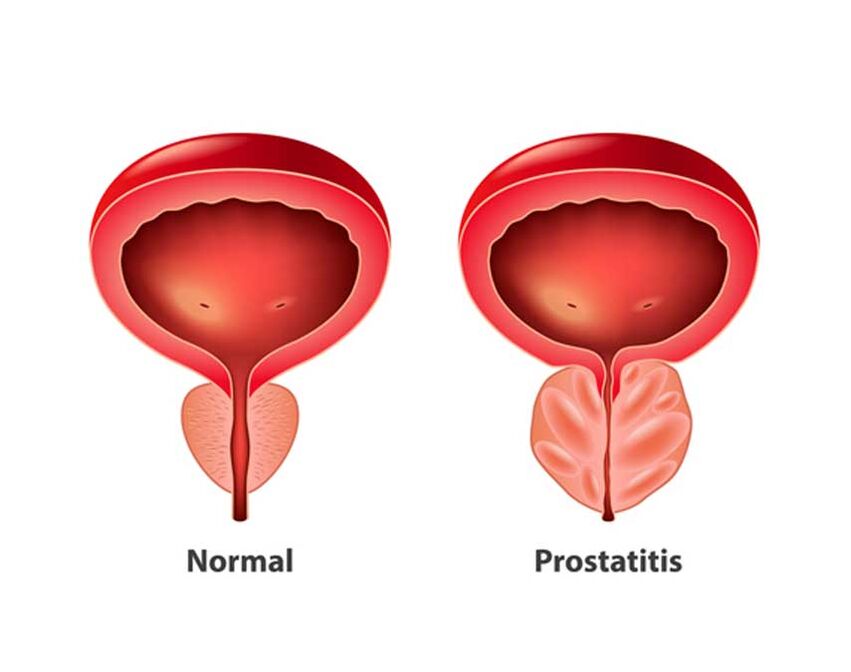
Using bacterial lesions of the prostate, two forms of current are distinguished:
- Sharp.Inflammation is caused by bacteria rising through the urethra and settled in the prostate.These are the E. coli bacteria that live in the gut.Other pathogens include Enterobacter and Mycobacterium.The inflammation caused by bacteria is about 10% of cases.
- Chronic.Bacterial infections without proteins can develop into chronic infections.This is the case for the complaint lasts for more than 3 months.
Chronic prostatitis is mainly diagnosed in the elderly.In the absence of timely treatment, approximately 40% of cases develop infertility.This is because the body no longer produces enough secrets to provide sperm flow.
Table - Types and Symptoms of Prostatitis in Men
| Name | Features | symptom |
| Abortion | The basis for emptying is based on.Urine enters the duct in the urine, and the result is metabolites (uric acid, purine and pyrimidine bases) deposited in its tissues, resulting in inflammation and formation of stones. |
|
| Qatar | Inflammation is located in separate fractions of the glands, resulting in changes in the mucosal structure of the submucosal layer and entry tube.In the follicle, stagnation will occur, which is full of further development of the disease. |
|
| Leaf surface | It is accompanied by moderate temperature or typical subfetal bone.Focus compounds occur in all damaged areas. |
|
| substance | There are multiple lesions.Most parenchymal, interstitial tissues are involved in the pathological process.As multiple abscesses accumulate, an abscess is formed. |
|
Inflammation may also be asymptomatic.It found an increased content of white blood cells in sperm within the framework of preventive examination.
Characteristics of current
Prostatitis has multiple developmental stages, each with certain symptoms:
- The first stage.It is characterized by the appearance of the inflammatory process and the enhancement of prostate function.In addition to the clinical situation of the disease, the overall situation remains normal.The first phase lasted for 1-3 years.At this stage, it can be completely cured with the help of drugs.
- The second stage.Symptoms subside.After a period of time, it will violate erection and irritability.During sexual intercourse, there may be no ejaculation.Perineum is weak and painful.It is accompanied by violations of the organ structure, which is filled with people with damaged blood supply.Treatment is performed using antibiotics, immunomodulators and physical therapy.
- The third stage.The final stage of disease development is accompanied by tissue necrosis.The scar appears on it and starts pressing the internal organs.Iron is wrinkled and deformed, filling the urogenital dysfunction.There will be acute pain during urination and signs of myotropic inflammation are enhanced.Patients should be subject to ongoing medical control.
In advanced cases, the disease is completely eliminated.Therefore, do not cause illness.It is best to consult a doctor when the first symptoms appear, which can be adjusted to medication.
Symptoms of prostatitis
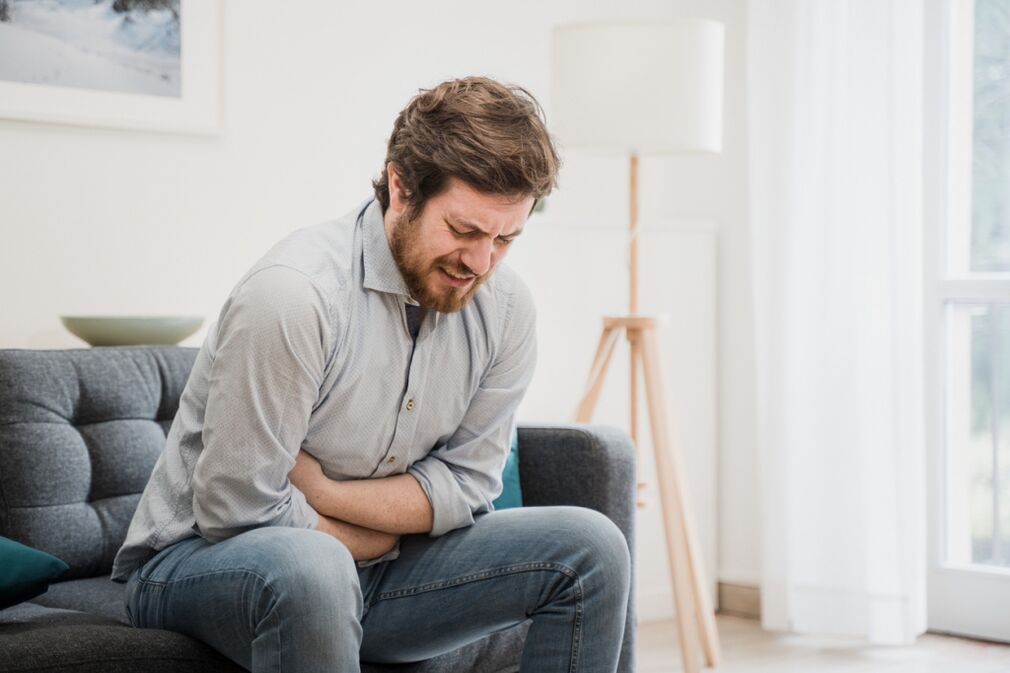
All types of diseases are manifested in the same way except for fever, and fever only has bacterial sources.The signs of prostatitis are divided into 2 groups:
- From urine vegetable equipment - pain and frequent urination, pain in the lower abdomen, an incomplete sense of emptying;
- In part of sexual function - loss of orgasm, premature ejaculation, weak erection, rectal pain.
As the focus is on its state, tension and anxiety also increase.This may be accompanied by changes in character, resentment and irritability.
Possible complications
Lack of timely diagnosis and treatment can lead to the following complications:
- Delayed urine.The patient was unable to empty the bladder independently, accompanied by severe pain.There is a gap.To avoid complications, urine is excreted through the catheter.
- Abscess.Pus will accumulate, accompanied by high body temperature, cold and severe pain in the perineum.High doses and surgical intervention are required.
- Blood infection (Urosepsis).Bacteria penetrate the blood and spread throughout the body.
If the disease is performed for a long time and there is not enough medication correction, then a person may become fruitless.Only effective therapies help eliminate this complication.
diagnosis
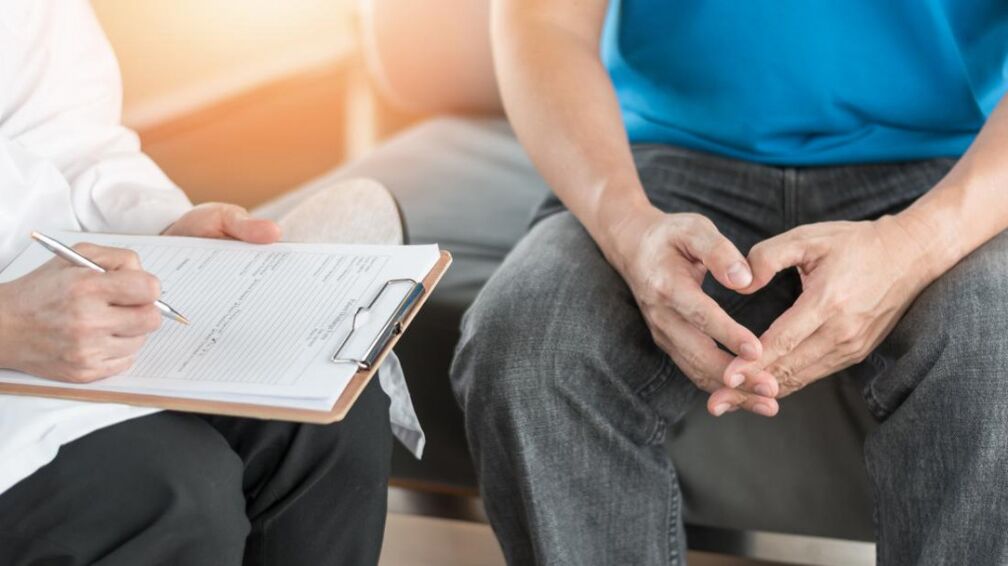
If the first signs and symptoms of prostatitis occur, you must consult a doctor who will establish a diagnosis and prescribe an appropriate treatment plan.
The main stages of diagnosis:
- History of blood dissection (symptom study);
- Palpation of inguinal lymph nodes;
- Urethral application;
- Transrectal ultrasound;
- Laboratory blood tests;
- Sperm and urine samples to identify possible pathogenic microorganism types.
Prescription treatment based on the results obtained.In advanced cases, surgical intervention cannot be left out.Among the main signs of surgical intervention, abscess, paramyositis and acute urine delay should be distinguished.
Treatment of prostatitis
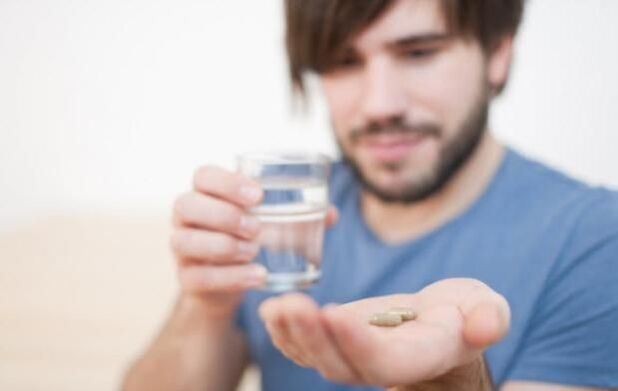
Conservative treatment regimens are prescribed only after the pathogen is identified.In this case, self-assay is unacceptable as it can lead to irreversible health consequences.
The most effective medicine for prostatitis:
- No. 1 - Crazy Palm Fruit Extract.
Plant reflections are specified for prostate lesions.Designed according to free fruit extract.It does not cause hormone imbalance and does not affect the hypothalamic pituitary system.
- No. 2 - Sodium aminodihydrogen.
Anti-inflammatory, immunomodulatory drugs regulate the functional metabolic activity of cellular structures of adaptive and innate immunity.Suppositories were prescribed in complex therapies for adults and children aged 12 and older.Effectively respond to the manifestations of the inflammatory process, thereby reducing the symptoms of the disease.
- No. 3 - Prostate.
This drug is widely used in urological diseases.This is the most effective treatment for chronic prostatitis.Moderately reduce the size of the prostate and improve the urine process.Obtained in tablets and rectal suppositories.
- No. 4 - Channel prostate suppository and intramuscular injection form.
Designed to stop the treatment of signs of prostatitis and male disease.Animal-derived drugs can reduce swelling of the glands, restore secretory function, and stimulate muscle tone.
- No. 5 - Nitrofluorinine.
Antibacterial tablets have antibacterial effects.Rapidly eliminate inflammation and eliminate genital infections.
- No. 6 - Tsiprofloxacin.
It belongs to the fluoroquinolones class.Effectively deal with complex and simple forms of disease.Helps eliminate existing violations.
- No. 7 - Aszostamine bromine.
Immunostimulator based on aszostamine bromide.Relieves inflammation and has antioxidants and detoxification effects.Increases the body's resistance to various infections.Available in the form of an injectable solution.
- No. 8 – Cephym.
It has a wide range of functions and inhibits the cell membrane of pathogens.Includes roles.Used for complex therapy.
- No. 9 - Josammycin.
Large molecular antibiotic based on propionate lucidine.It has antibacterial effects by inhibiting the synthesis of protein bacteria.It is produced in pellet form and is used to prepare suspensions and tablets.
- No. 10 - Doxycycline.
Antibiotics in the macrolide group are related to intracellular microorganisms.It is targeted for mixed genital and urinary tract infections.
To improve the effectiveness of the medication, indicate gland massage.The process takes a comprehensive action - squeezing accumulated secrets into the pipes to remove them from the body.
Prevent prostatitis

In order to rule out the development of the disease, it is recommended to avoid hypothermia, observe diet and have regular sex.It is also important to rule out sexually transmitted diseases.
Favorable predictions depend on several factors:
- Timely diagnosis;
- trigger factors;
- The form of disease;
- age;
- The general condition of the patient.
Through timely testing and appropriate treatment, the prognosis is always positive.Otherwise, consequences such as chronic inflammation and other complications may occur.You should visit your urologist at least every year.As prostatitis recurs, it is recommended to conduct preventive visits to your doctor every 6 months.

























